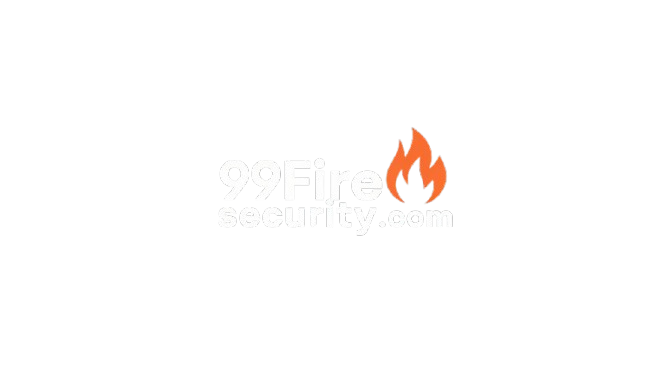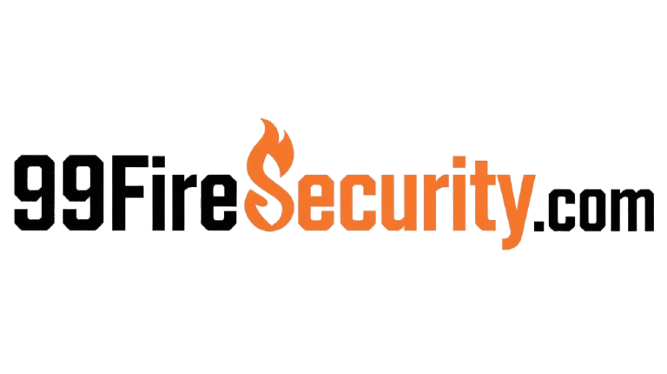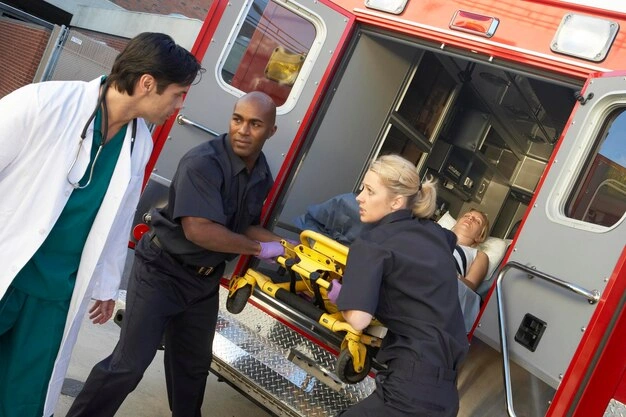Introduction
Fire safety training in healthcare and emergency care is a major area of concern to ensure not just building safety. Also to save lives, due to the vulnerable patient population who are being treated and as well as staff ‘visitors. Even within healthcare settings, i.e., hospitals, clinics, nursing homes, and more, the dangers posed by fires are unique.
They are oxygen tanks, electrical equipment and highly ignitable products so fire must be a priority in training. Every year, an estimated 3,200 fires occur in healthcare facilities.
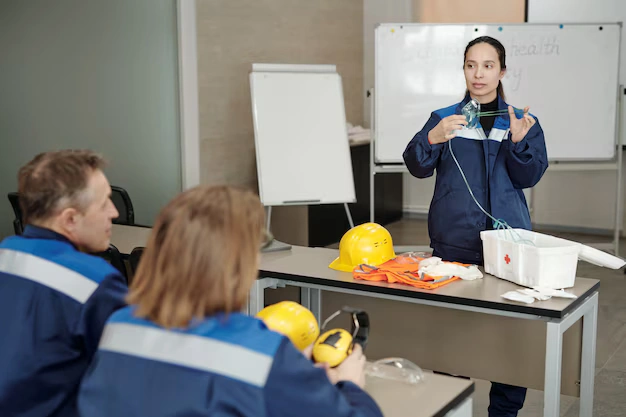
According to the National Fire Protection Association (NFPA). The dangers posed by these fires are particularly acute in environments where large numbers of people might not be able to evacuate quickly or safely. With data processed until October 2023, you are.
A Guide to Fire Safety Training in Healthcare Systems
Fire safety training in health care environments goes beyond avoiding fires; it also helps with response if faced with an emergency. Healthcare workers must be trained adequately to manage fire hazards, ensure proper patient evacuation, and implement safety protocols efficiently.
Many patients in healthcare settings, unfortunately, are vulnerable because of their medical conditions, which mean that staff must respond quickly and effectively to a fire emergency. Patients who are bedridden or have limited mobility are particularly vulnerable and need immediate help. Training make certain employees can evacuate everyone safely
Elements of a Fire Safety Training Program
Trained staff can react appropriately if a fire occurs, so that damage is lessened and no one gets hurt. The top priority is to safely evacuate patients. For patients who are unable to evacuate on their own because of mobility issues or medical conditions, healthcare workers should be prepared to help. Fire safety training ensures that personnel are trained to evacuate all patients, including bedside and critical care patients. For that reason, staff should regularly participate in fire drills and simulations. By practicing evacuations in a controlled setting, healthcare workers get acclimated to escape routes, facility layout and their roles in the event of a fire emergency.
Fire safety equipment and communication protocols
Along with evacuation, health workers need to be acquainted with fire safety devices and equipment like firefighting equipment, alarms, and sprinkler systems. Using fire safety equipment correctly can help slow the spread of fire and buy valuable time for an evacuation.
Training should ensure that all staff knows how to use each type of equipment, and when it is appropriate to do so. Output: It is essential that personnel responsible for evacuate actions know how to sound alarms, use fire extinguishers, and manage fire safety systems. Another crucial aspect of fire safety training is communication protocols.
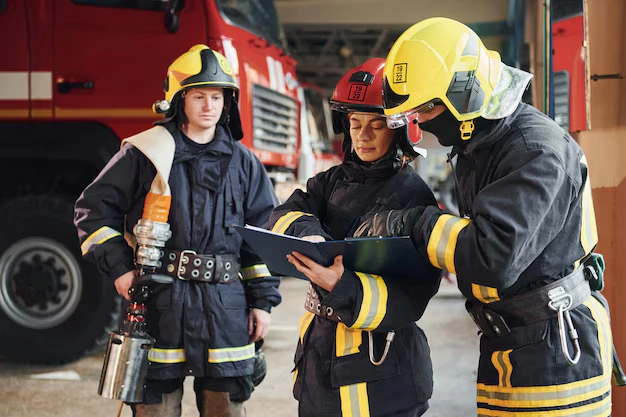
Good communication is vital when a fire ignites. In addition, healthcare staff should be trained in using the emergency communication systems, one-way alarms, public address systems, and two-way radios. Behind the scenes, communication is key to ensuring all staff is aware of the incident, patients are informed and emergency services are called.
Post-Emergency Procedures
Fire safety training is crucial and not just for the point at which the fire is contained the procedures following the emergency are equally as important.
Healthcare staff must understand how to treat burn victims, do a head count to ensure everyone is accounted for, and be prepared to assist with any investigations or records that need to be filed in the immediate aftermath of the disaster. An effective post-emergency plan means that the healthcare facility can swiftly recover and return to normal operations.
The Advantages of Fire Safety Training
Care homes and healthcare environments can greatly benefit from investing in fire safety training. First, it protects patients, especially those who can’t evacuate themselves. The staff members trained in fire safety will know how to help patients with special needs so that their safety is guaranteed in the event of a fire emergency.
It also mitigates the fire risk. Educating staff on fire hazards also helps healthcare facilities and organizations prevent fires from actually occurring. Because of adequate training, it becomes easy to identify and mitigate risks such as faulty wiring, flammable materials, and unsafe storage practices.
Fire safety training is not only conditionally but also legally required to meet the regulatory standards that protect patients and staff. Facilities in the UAE are required to comply with fire safety regulations published by the UAE Civil Defense. All of these pieces of legislation involve carrying out fire drills, maintaining fire safety equipment and the training of any and all staff in fire safety procedure. Failure to do so can result in legal repercussions and compromise the safety of individuals.
Implementing Fire Safety Training
Fire safety training forms an important aspect of any health care facility management. It guarantees health care personnel are ready for fire emergencies, lowers the risk of incidents caused by fire, and serves as a direct route to protecting patients and personnel during an emergency.
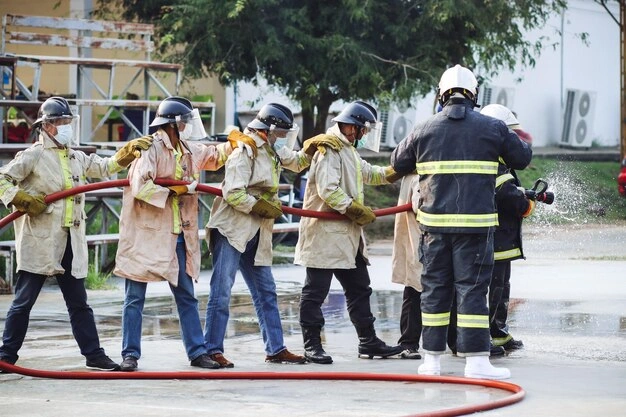
That is why fire safety training must be consistent, well-updated, and well-maintained. Regularly scheduled training sessions and fire drills are to be scheduled so that staff is always prepared. In addition to this, healthcare facilities must make sure that their fire safety training is customized to the needs of their staff, taking into account the factors that make healthcare environments unique and present different fire risks from other types of premises.
For example, while it may be sufficient for administrative staff to have a basic understanding of fire hazards and emergency procedures, doctors and nurses may require more detailed training to evacuate patients from primary care areas.
Q & A (Questions and Answers)
In What Frequencies Fire Safety Training Needs To Be Conductive In Healthcare Facilities?
Fire safety training must be conducted annually, with refresher courses as necessary. Regular fire drills should also take place to keep staff on their toes and prepared.
Do all health care workers have to be trained in fire emergency?
Yes, fire safety training for healthcare workers in the UAE (doctors, nurses and administrative staff) is compulsory and includes training to ensure conduct in an emergency fire situation.
What is fire safety training for healthcare workers?
Training should include recognizing fire hazards, safely exiting the building, using fire extinguishers and other safety equipment, communicating with one another and the steps taken after an emergency.
Importance of Fire Safety Training in Healthcare Setting?
This is important for patient safety, particularly for those who are not able to evacuate independently. It also allows the healthcare workers to respond quickly and appropriately during the emergency, which minimizes the chances of harm or death.
What will happen without fire safety training?
Enforcement fines, injury or loss of life, and fire damages are some of the penalties that can come from not providing fire safety training. A data breach also damages the reputation of the healthcare facility.
How to prevent fires in healthcare facilities?
Preventative measures include regular safety inspections, proper storage of flammable materials, maintenance of electrical equipment, and ensuring access to fire exits.
Fire Safety training for healthcare staff is an investment in keeping patients safe, ensuring compliance with regulations, and minimizing operational disruptions in hospitals and medical facilities. Any potential for a fire emergency clearly illustrates the importance of being trained in this area so healthcare workers can manage these situations appropriately and keep those they care for safe.
